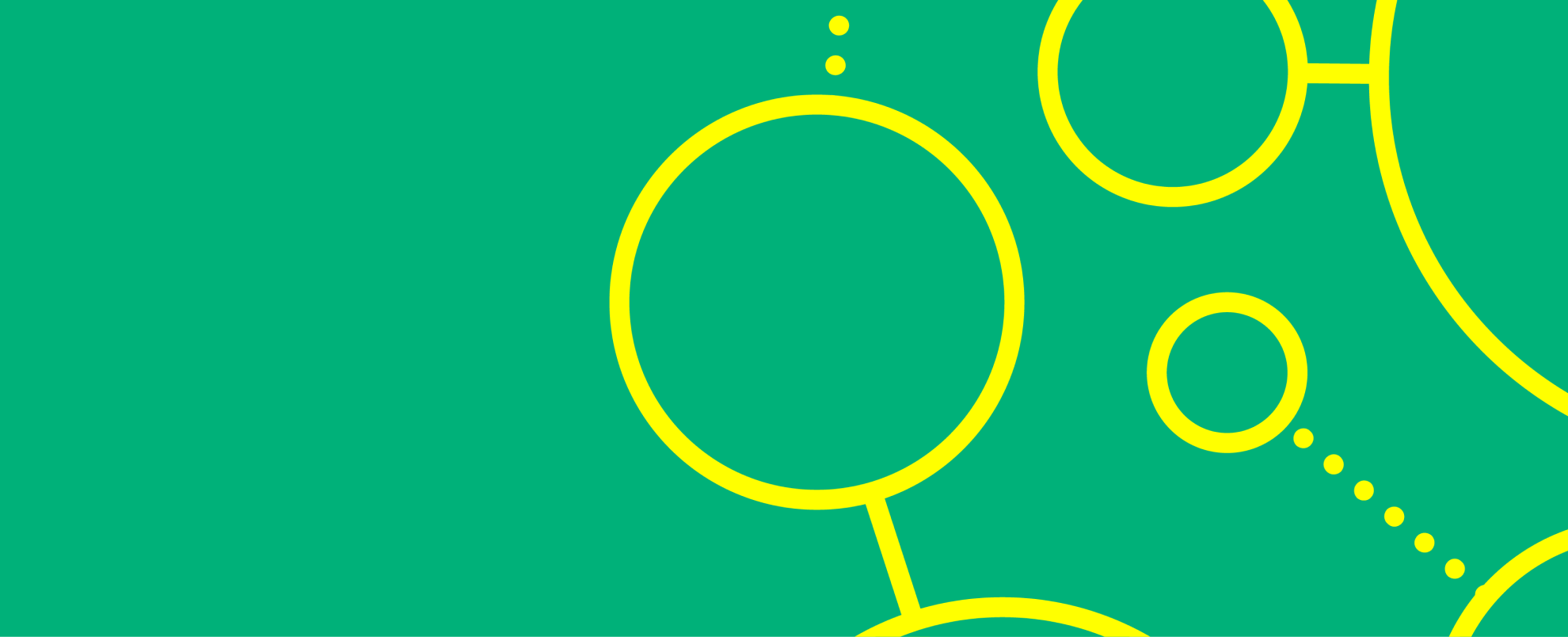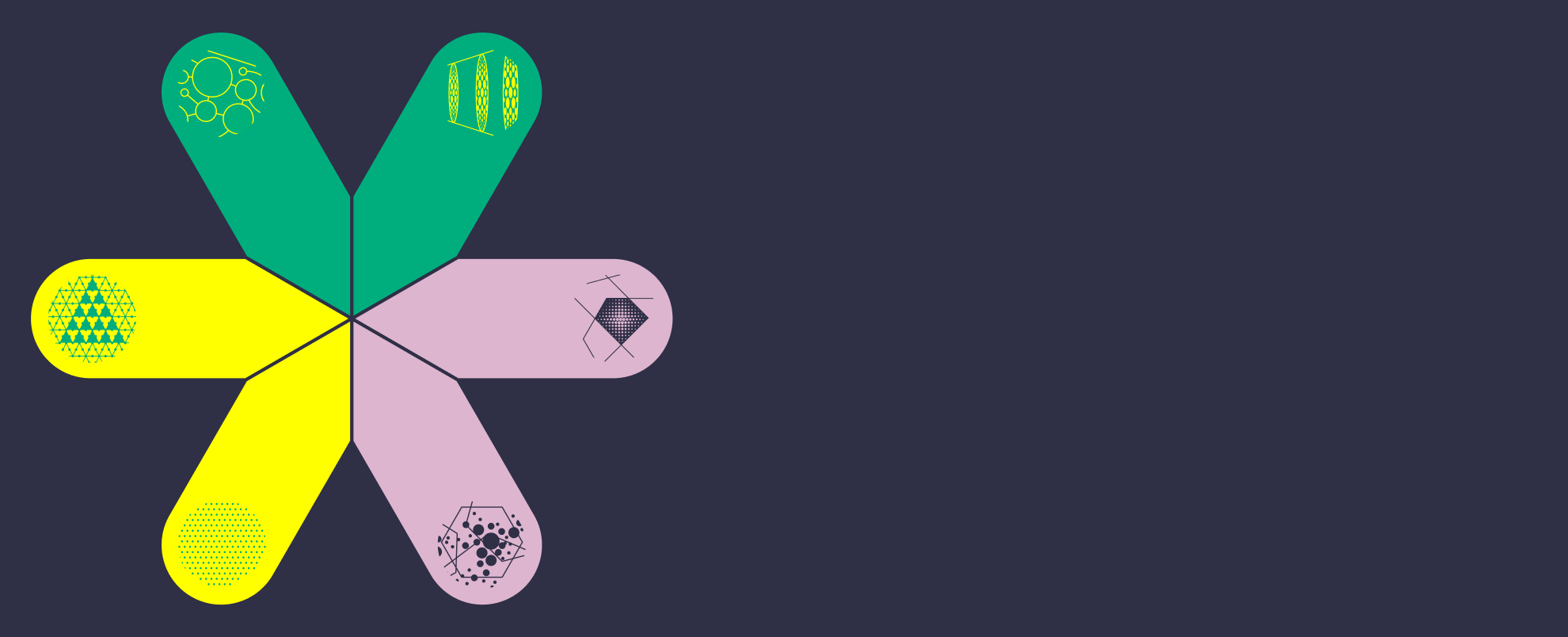There’s an urgent need to redesign our extractive economy
The current polluting and extractive economy is the result of a system based on the take-make-waste linear model. The extraction and processing of natural resources accounts for more than 90% of biodiversity loss and water stress. While, 45% of global greenhouse gas emissions come from how we make and use things, how we grow our food, and how we manage land. Defined by the principles of eliminating waste, circulating materials, and regenerating nature, the circular economycircular economyA systems solution framework that tackles global challenges like climate change, biodiversity loss, waste, and pollution. It is based on three principles, driven by design: eliminate waste and pollution, circulate products and materials (at their highest value), and regenerate nature. proposes a new framework to move towards a resilient system that is good for business, people, and the environment.
Momentum around the circular economy is evident, and has never been greater, with businesses and world leaders starting to take steps to eliminate waste and pollution, circulate products and materials, and regenerate nature. Even so, the symptoms of our linear economylinear economyAn economy in which finite resources are extracted to make products that are used - generally not to their full potential - and then thrown away ('take-make-waste'). are being felt, and planetary thresholds are being met sooner than we’d imagined.
There’s an urgent need to move from ambition to action to see positive impact but at an accelerated pace. A change of this magnitude cannot happen without design.
Design is key to accelerate the transition to a circular economy
Design decisions impact the way we make and use materials and products. Choices made at concept stages determine how materials are grown and sourced, and whether products are designed to be used and reused or designed to be disposed of. Looking beyond products, the mechanisms and the systems supporting a product will determine everything from the way it is sold, marketed, and transported, to the number of units produced – influencing its life cycle, longevity, durabilitydurabilityThe ability of a product, component or material to remain functional and relevant when used as intended., repairabilityrepairabilityThe ease with which a product or component can be repaired., reusability, and its end of life.
Reversing the negative impacts of decisions made at an early stage can be difficult and costly. These design choices determine greater system lock-ins, such as long-term investments in infrastructure, machinery, or technologies, that serve the linear economy rather than the circular, which could hinder future innovation.
While design has played – and continues to play – a critical role in building and sustaining our linear model, it is also pivotal in enabling better models that work for society, business, and nature in the long-term. To spark the emergence of new and better systems, design is required in every sector, at multiple levels, from the way we make and use things, to the design of tangible (materials or products) and intangible (guidelines and processes) elements that enable value chains and material flows. In other words, if we want to shift those material flows and help organisations to be forces for positive change rather than supporters of the status quo, “we need to address the deepest layers of the system that are deeply ingrained in our current paradigm such as mindsets, beliefs and mental models.” Cat Drew, Chief Design Officer, Design Council.
Facilitating deeper change might mean questioning established elements of a system. One of the biggest challenges that organisations face to transition from linear to circular is that it requires a fundamental transformation of the way they operate, but it also means revisiting the very notion of value creation. It can be difficult to realise, accept, and take action especially as many current business models are based on the race for innovation only to sell more and sell faster – a model that is in direct contradiction with the creation of a circular economy that is regenerative by design.
It should also be noted that some circular efforts are still being addressed in an isolated, mechanistic and linear way rather than taking a systemic approach. Organisations rarely anticipate impacts of products beyond a short and limited use phase, and seek to tackle the problems of waste and pollution where they become most visible: downstream. While ‘bolting on’ activities like increased collection and recycling may ameliorate some negative impacts, dealing with the problem in this way should be seen as a last resort. Opportunities for greater impact exist when applying circular strategies throughout the concept and creation stages, such as looking at product, packaging, business model, user experience, take back and so on.
For example, a business that currently produces shampoo in bottles might only consider recycling packaging at the end of life. However, if designers have the mandate to rethink the product itself, or the business model – exploring new avenues like solid shampoo or concentrated refills – they could not only eliminate large volumes of packaging waste, but also create new revenue sources, and identify cost savings associated with transportation, storage and packaging material, while reducing water usage or carbon emissions from transportation.
The sooner we realise how to translate and implement the circular economy principles into organisations – the sooner organisations (including businesses) will become strong forces for systemic change.
How circular design can help
Trying to comprehend – let alone navigate – complex systems and transitions can feel overwhelming. Not just because of their complexity but more so because they are in constant change and their entry points are infinite. Design is useful to navigate systems as it helps to synthesise spectrums of data from quantitative to qualitative, and blends insight with creativity to propose forward pathways that are complementary to enablers such as finance and policy.
Designers and creatives increasingly face the dual challenge of addressing the shortcomings of our current systems using circular economy strategies, while on the other hand designing for a long-term, ideal vision of a fully functioning circular economy. This, along with the many competing pressures and constraints of working within established organisations and industries, results in many designers and teams experiencing creative paralysis around making the ‘right’ decision.
Approaching the circular economy transition through a design lens means to move from making tweaks at surface level, which in many ways is highly comfortable, to redesigning systems. It requires us to question deep social constructs including the behaviours, rituals, mindsets, and values that influence how the economy operates today and consider what needs to change in order for a circular economy to reach its full potential. To do so is a courageous act, yet design can help to navigate the inherent discomfort and ambiguity that comes with such questioning, and through design processes can create clarity, generate shared intention, and propose actionable pathways.
“A lack of holistic thinking is one of the reasons industries have been stuck in linear business models up to now; it’s only through rethinking at the system level that we’re likely to get unstuck. Which means, to implement a more circular model, a company should apply design talent and design thinking to its entire system, start-to-finish … or, for a circular model, start-to-finish-to-start.”
Malin Orebäck, Senior Expert Design, McKinsey Design
Circular design is a mission-led practice of design based on the three principles of the circular economy coupled with a systems thinking approach. Much more than a normative checklist or technical instructions, it’s a creative lens through which a circular and regenerative mindset is applied that goes beyond the redesign of products to consider the redesign of the systems around us. Interrelated circular design actions can help navigate the transition from linear to circular while ensuring circular interventions are:
fit for context,
able to create more value for many in the long term, and
made for an evolving and dynamic system.
As this design practice emerges, different interpretations are surfacing. Much of the discussion about circular design today centres around new practices or activities, such as repairable products, product-as-service models, durable assets, or the use of biomaterials – to name but a few.
However, many of these strategies are wholly unfamiliar for organisations operating in today’s linear economy. Attempts to drop them into existing innovation processes often fall short, and give the impression that they are easy to do, which is misleading.
To unlock the full potential of circular design, then, we should have the courage to consider and address the processes, conditions, and mindsets that enable those new practices.
We need to ask ourselves: What are the new ways of thinking and doing that designers and their peers need to employ to get to more circular and regenerative outcomes? Additionally, to create the mandate for designers to push boundaries and innovate for a circular economy, design needs to be viewed as a strategic endeavour embedded across business functions.
Although the problem and destination are becoming clearer, it is the journey itself – from linear to circular – that is the hard part.
The following adaptive strategy can offer organisations guidance on how to navigate a design-led circular economy transformation, and where to focus their efforts. Each chapter includes three parts: a definition of each design leverage point including its related benefits, concrete steps to undertake actions related to each point, and best practices or case studies that exemplify each focus area. We encourage organisations to use the adaptive strategy as a tool to initiate and test projects that put design at the service of a circular transition.

Next: Observe and interpret the system
Applying different system mapping approaches to understand the context that the organisation operates within. Bring to the surface relevant information that can help determine where to act.


